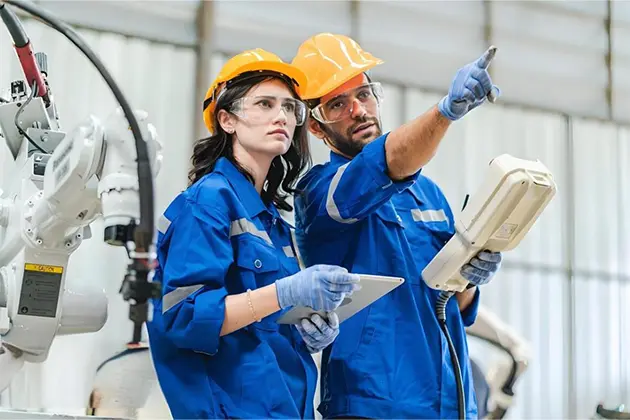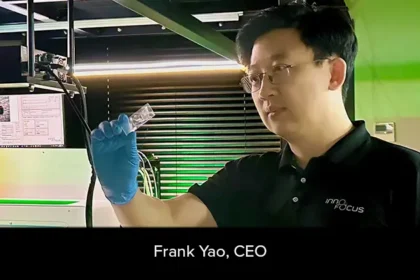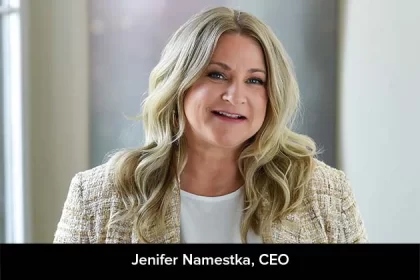Introduction
As a cornerstone of global economic growth, the manufacturing industry is undergoing a series of profound changes that go beyond mere technological advancements. While technology often takes the spotlight, deeper and more complex factors are reshaping the industry. The evolution of global supply chains, shifts in geopolitical dynamics, and increasingly stringent safety and regulatory standards are all key forces determining the future of manufacturing. This article explores how these factors are impacting the manufacturing landscape and what lies ahead for the industry.
Supply Chain Management: Coping with Disruption and Complexity
Efficient supply chain management has always been central to successful manufacturing, but recent disruptions have exposed its vulnerabilities. The COVID-19 pandemic, global shipping delays, and resource shortages have revealed shortcomings in traditional supply chain models, forcing manufacturers to rethink their strategies and adopt more resilient and flexible systems.
The Shift to Regional Supply Chains
One of the most significant changes in global manufacturing is the shift towards regionalization. For decades, globalization led to increasingly complex and far-reaching supply chains, with manufacturers sourcing globally to reduce costs. However, recent disruptions have shown the risks of over-reliance on distant suppliers, particularly during crises.
Reshoring and Nearshoring: Many manufacturers are now exploring reshoring (bringing production back to the home country) or nearshoring (moving production closer to home) as strategies to mitigate risks associated with long international supply chains. By producing goods closer to end markets, companies can reduce transportation costs, shorten lead times, and improve control over production.
Building Redundancy into Supply Chains: To combat supply chain vulnerabilities, manufacturers are investing in multi-sourcing strategies—working with multiple suppliers across different regions to ensure continued supply in the event of a disruption in one area. This approach, while potentially more costly, provides greater flexibility and risk mitigation in volatile markets.
The Impact of Resource Scarcity
Resource scarcity is another critical factor affecting supply chains. Shortages of raw materials, such as metals and semiconductors, have caused production delays and increased costs in industries such as automotive and electronics.
Raw Material Sourcing: Manufacturers are responding by diversifying their sources of raw materials and seeking sustainable alternatives where possible. Some companies are also focusing on recycling and reusing materials to reduce dependence on virgin resources. For example, in industries reliant on raw materials like steel or aluminum, double girder overhead cranes are often used to move large quantities of materials within production facilities, promoting smoother handling of these increasingly scarce resources.
Logistics Challenges: Beyond raw materials, logistics challenges, including a global shortage of shipping containers and port congestion, continue to impact supply chains. Manufacturers are working to optimize inventory management and explore alternative transportation methods to alleviate these bottlenecks.
Globalization and Geopolitical Risks: Entering a New Era of Uncertainty
While globalization has driven tremendous growth in manufacturing over the past few decades, the global landscape is becoming increasingly uncertain due to shifting geopolitical dynamics, trade tensions, and regulatory changes. These factors are compelling manufacturers to rethink their global strategies and adapt to a more fragmented and politically charged environment.
Trade Wars and Tariffs
Trade wars, especially between the United States and China, have led to increased tariffs and trade restrictions, significantly impacting the cost of manufacturing and the flow of goods. These tensions have prompted many companies to reassess their manufacturing footprints and supply chain dependencies.
Market Diversification: To reduce exposure to tariffs and geopolitical risks, manufacturers are diversifying their markets and production bases. This may involve relocating production to countries not directly involved in trade disputes or finding alternative export destinations for their products.
Navigating Regulatory Complexities: As trade policies shift, manufacturers must navigate an increasingly complex web of regulations, including import/export controls, tariffs, and compliance requirements. This adds to the cost and complexity of doing business internationally.
Geopolitical Instability
Geopolitical instability in various parts of the world, especially in resource-rich regions, has further complicated the global manufacturing landscape. Political conflicts, sanctions, and changing government policies can disrupt supply chains, increase costs, and create uncertainty for businesses operating in these areas.
Supply Chain Diversification: To mitigate the risks of political instability, manufacturers are increasingly adopting diversified supply chain strategies that rely on multiple countries and regions. This allows them to quickly shift operations or suppliers if a particular region becomes unstable.
Mitigating Risk through Strategic Partnerships: In regions prone to political volatility, manufacturers are forming strategic partnerships with local firms to better navigate regulatory frameworks and mitigate risks related to policy changes or instability.
Manufacturing Safety and Regulatory Compliance
In addition to supply chain disruptions and geopolitical challenges, the manufacturing industry is facing growing pressure to comply with increasingly stringent safety, environmental, and labor regulations. Compliance is becoming more complex, but it also represents an opportunity for manufacturers to improve operational efficiency and protect their reputations.
Strengthening Workplace Safety Standards
Manufacturers face increasing pressure to improve safety standards, both to protect their workers and to meet regulatory requirements. Workplace injuries not only pose significant risks to employees but also lead to costly legal liabilities and production downtime.
Adopting Best Practices: Companies are implementing best practices in safety management, from ensuring workers receive proper training to upgrading machinery and safety equipment. In industries such as construction and heavy manufacturing, gantry cranes are often used to lift and transport large items, so strict adherence to safety protocols is crucial. Regular inspections of cranes, operation by trained professionals, and the use of safety sensors can effectively prevent accidents, thereby enhancing overall operational safety.
Post-COVID Workplace Adjustments: The COVID-19 pandemic has also led to permanent changes in workplace safety, with manufacturers adopting stricter health protocols, such as improved ventilation, enhanced sanitation procedures, and physical distancing measures to protect workers from future outbreaks.
Environmental Compliance and Sustainability Regulations
Manufacturers face growing regulatory pressure to reduce their environmental impact, particularly regarding emissions, waste management, and resource usage. Governments worldwide are tightening environmental regulations, often imposing financial penalties for non-compliance.
Meeting Emission Standards: To comply with stricter emission standards, many manufacturers are investing in cleaner technologies, such as energy-efficient machinery, renewable energy sources, and improved waste management systems.
Circular Economy Practices: In addition to regulatory compliance, companies are adopting circular economy practices, such as recycling materials and designing products with longer life cycles. These efforts not only meet regulatory demands but also contribute to cost savings and enhanced corporate reputation.
Labor Laws and Human Rights
As supply chains become more global, manufacturers must ensure compliance with local labor laws and human rights standards. The rise of ethical sourcing and corporate social responsibility (CSR) initiatives has led to increased scrutiny of labor practices, particularly in developing countries.
Ethical Audits and Certifications: To ensure compliance with labor laws and human rights standards, manufacturers are conducting regular audits of their suppliers and obtaining certifications such as Fair Trade or ISO standards for ethical production practices. These certifications help reassure customers and regulators that products are manufactured responsibly.
Corporate Social Responsibility (CSR): Many manufacturers are going beyond regulatory compliance and adopting CSR programs to promote fair labor practices, reduce environmental impact, and give back to the communities where they operate. These initiatives not only improve brand perception but also contribute to long-term sustainability.
Conclusion
Manufacturing is evolving in response to a complex array of global forces, from supply chain disruptions to geopolitical shifts and increasing regulatory demands. Manufacturers that succeed in this environment will be those that can adapt quickly, diversify their supply chains, and meet rising safety, environmental, and labor standards. By focusing on resilience and compliance as key strategies, manufacturers can overcome future challenges and lay the foundation for long-term success.










